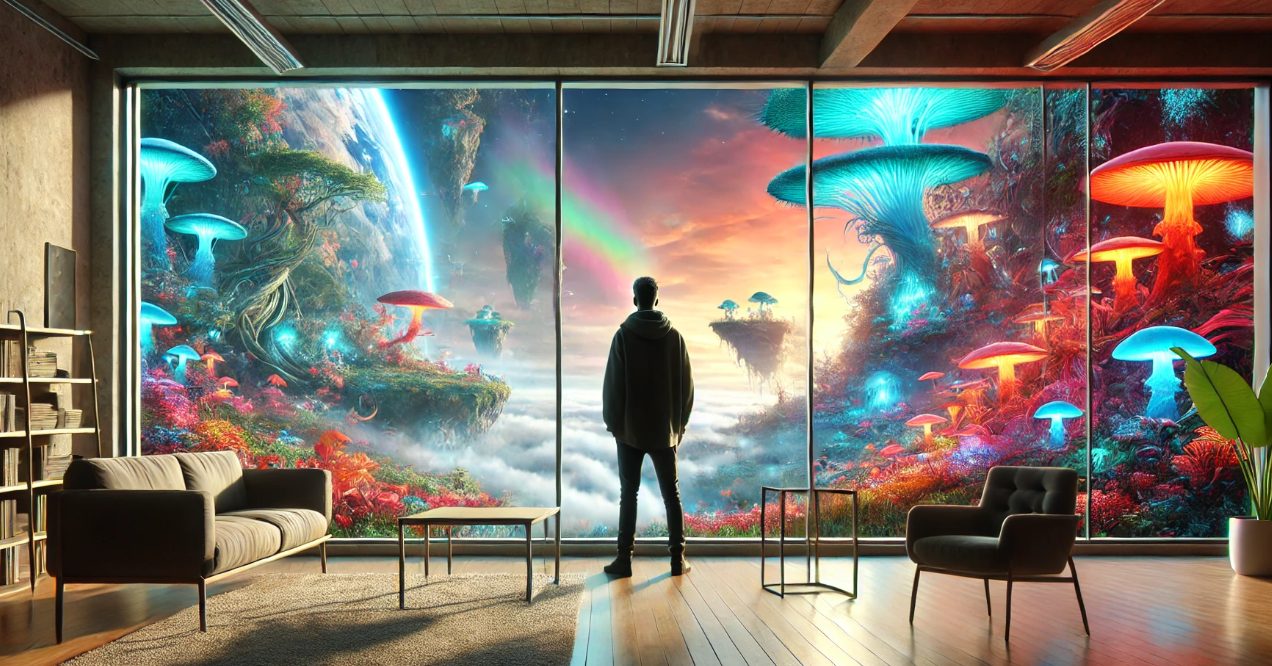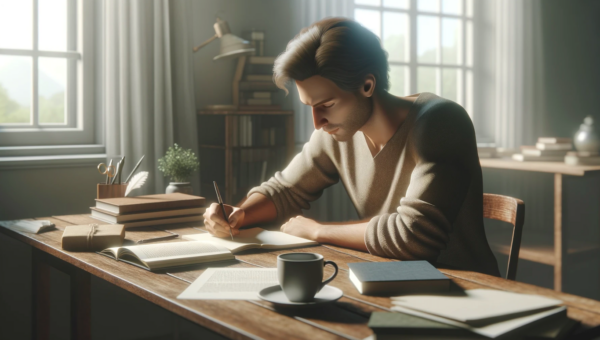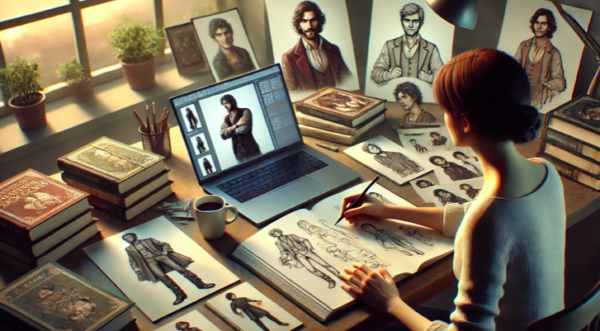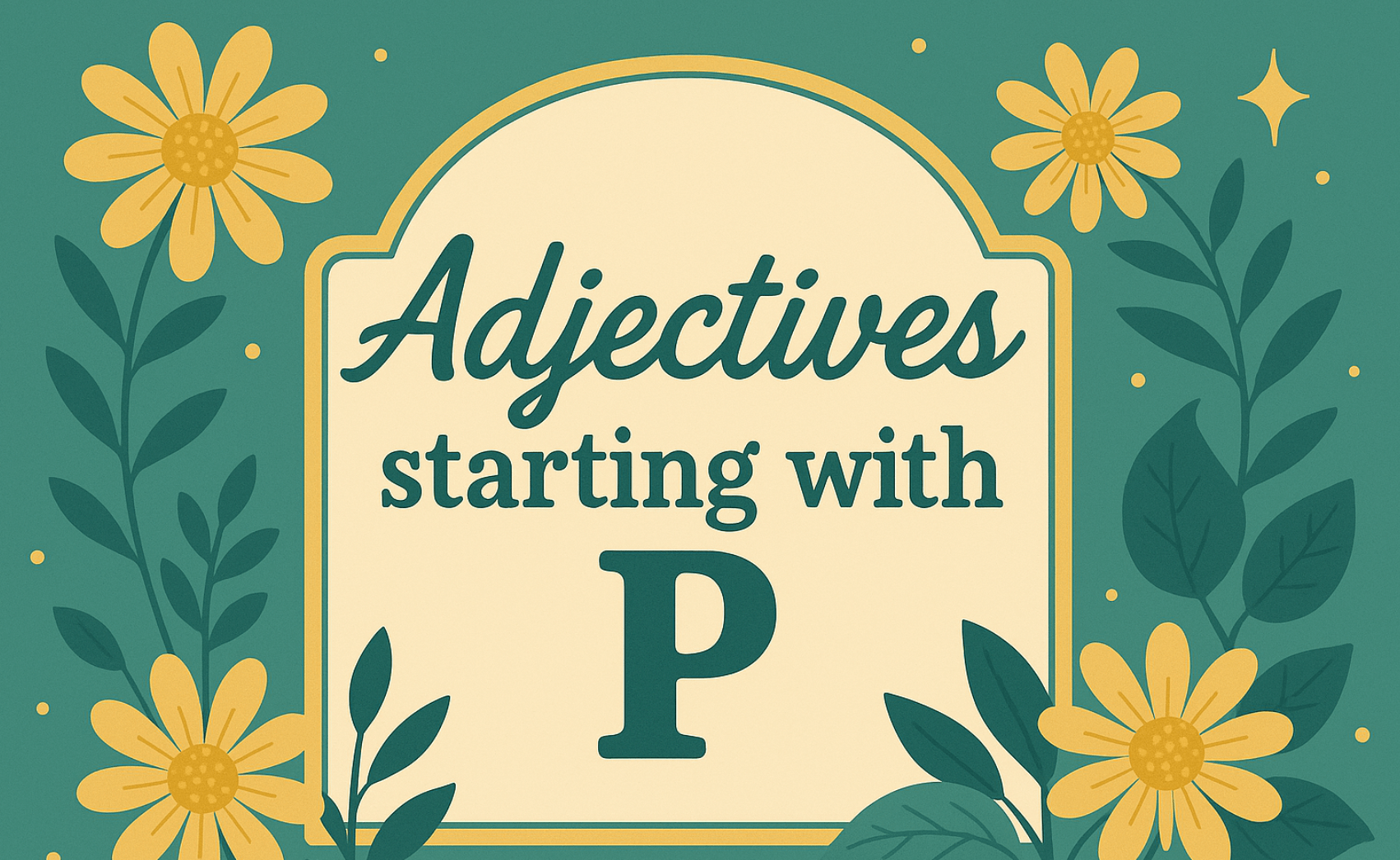Let’s be honest, there’s something universally fascinating about creating alternate realities—whether it’s a sunlit utopia or a shadowy dystopia. As readers, we’re drawn to these worlds because they push the boundaries of our imagination, challenge our beliefs, and even prompt us to reexamine our society. According to the American Association of Publishers, dystopian novels have consistently topped the charts, especially with younger audiences, comprising over 30% of all science fiction sales in recent years. Dystopian literature serves as a critique of societal flaws and acts as a cautionary tale against the dangers of certain societal conditions. So, as a writer, where do you begin? Let’s find out more about dystopian vs utopian writing styles!
Crafting a future world isn’t just about predicting flying cars or dictating fashion choices. Instead, it’s about building a story that resonates with human experiences, fears, and dreams. If you’re ready to dive into world-building that will stay with readers long after the last page, read on for a how-to guide that takes your futuristic visions from concept to creation.
Understanding the Genres
Utopian and dystopian fiction are two distinct branches of science fiction that delve into the complexities of the human condition in contrasting ways. Utopian fiction paints a picture of a seemingly perfect world, where society has reached an ideal state of harmony and prosperity. These narratives often explore what life could be like if humanity overcame its flaws and achieved a perfection. On the flip side, dystopian fiction presents a world that has gone horribly wrong. Here, totalitarian governments, environmental catastrophes, or other disastrous events have led to societal collapse and widespread suffering.
In utopian fiction, the focus is on the possibilities of human achievement and the creation of an ideal society. These stories often serve as a blueprint for what could be, inspiring readers to strive for a better future. Conversely, dystopian fiction serves as a stark warning, highlighting the potential consequences of unchecked power, technological advancements, and the darker aspects of human nature. By exploring these extreme scenarios, both genres offer valuable insights into the human condition and the direction our society might take.
Dystopian vs Utopian: Finding Your Footing
First things first, let’s talk about the spectrum of future worlds. Think of dystopias and utopias as two sides of a coin—one dark and gritty, the other bright and idealistic. In a dystopian society, things have gone horribly wrong. Totalitarian governments control every aspect of life (The Hunger Games is a prime example), technology becomes a tool for oppression (1984), or societal norms turn disturbingly rigid (The Handmaid’s Tale). Such societies often appear in various artistic works, characterized by dehumanization and oppressive governments.
Utopian worlds, however, are a bit like a sparkling new vision board. They’re society’s “best-case scenario,” and they examine what life could look like in a world without poverty, war, or injustice. Yet, not every utopia is as flawless as it seems. Think of Sir Thomas More’s Utopia or even more modern takes like Ursula K. Le Guin’s The Dispossessed, which often highlight that paradise is complex and may come with hidden costs. When creating your world, ask yourself: Is this society’s outcome utopian or dystopian? And what does that say about our present?
Why We’re Obsessed with Dystopian Literature: Dystopian Literature as a Social Mirror
Dystopian stories are more than just “what if” scenarios—they’re mirrors of our anxieties. According to a study from Penn State University, the popularity of dystopian fiction often spikes during periods of social or political unrest (like The Hunger Games rising during economic downturns). These narratives tap into universal fears about freedom, privacy, and survival. In dystopian worlds, we see our worst nightmares amplified, which can be oddly comforting, as they remind us of what we still have and need to protect.
Take 1984, for example. Orwell’s vision of a surveillance state feels alarmingly relevant in today’s world, where privacy concerns are growing. And that’s the trick: when building a dystopian world, find a societal anxiety and stretch it to its extremes. Whether it’s environmental collapse, digital dictatorship, or genetic manipulation, rooting your world in real concerns makes it all the more chilling.
Exploring Human Nature in Utopias and Dystopias: The Core of Human Nature
Both utopias and dystopias give us a lens into human nature. What might seem like a mere tale of societal extremes is often a nuanced exploration of what it means to be human. Dystopias shine a spotlight on the darker aspects of human nature—greed, power, and control. In these stories, human beings are often trapped in systems that prioritize the collective over the individual, and freedom becomes a luxury (as seen in The Giver).
Meanwhile, utopias test how humans might thrive in a perfectly structured society. These stories pose big questions such as, Would we be happier without conflict? What would a society look like if everyone had everything they needed? For example, in The Ones Who Walk Away from Omelas, Ursula K. Le Guin gives us a utopia where happiness is ubiquitous… but at a secret cost. Consider how human nature can shape your world’s structure, values, and conflicts.
Key Elements of Dystopian and Utopian Worlds
Dystopian worlds are often marked by a pervasive sense of hopelessness and despair, where the negative aspects of human nature are magnified. These societies are typically characterized by oppressive regimes, environmental degradation, and a loss of personal freedoms. The bleakness of these worlds serves to underscore the dangers of unchecked power and the potential consequences of our actions. In contrast, utopian worlds depict ideal societies where human beings have transcended their flaws and achieved a state of perfect harmony. These narratives often explore themes of equality, justice, and the potential for human progress.
However, both genres frequently serve as a commentary on contemporary society and politics. Dystopian literature, for instance, often reflects current anxieties about surveillance, environmental collapse, and the erosion of personal freedoms. Utopian literature, on the other hand, challenges us to imagine what a perfect world might look like and consider the sacrifices that might be necessary to achieve it. By highlighting the extremes of human nature, both utopian and dystopian fiction provide a powerful lens through which to examine our own world.
Crafting Your Future Society: The Building Blocks of World-Building
Now, let’s talk practicalities. Whether your future world is a dystopia or a utopia, your setting should be both imaginative and plausible. Here are a few areas to consider:
– Government and Social Structure: Who’s in charge? Is it a democracy, a dictatorship, or something else entirely? In dystopias, power is often centralized and oppressive, while utopian governments tend to be egalitarian (or at least appear to be).
– Technology and Science: Is technology a tool for progress or control? The influence of technology is a major theme in works like The Machine Stops by E.M. Forster, where the promise of convenience masks the loss of autonomy.
– Environment and Resources: What does the environment look like? Dystopian worlds often feature desolate landscapes and resource scarcity, while utopias might show an abundance achieved through environmental harmony.
– Personal Freedoms and Social Expectations: Does society value individualism or collectivism? In dystopias, personal freedom is often restricted. Utopias, on the other hand, may grant freedom but with a subtle price—perhaps mandatory social unity or shared possessions.
In building your world, aim for consistency and depth. Great world-building can be both a playground for creativity and a platform for meaningful themes. If you’re ready to transform your manuscript into a fully realized future society, consider using Spines to help you refine and publish your vision.
Balancing Hope and Despair
One of the key challenges in writing utopian and dystopian fiction is finding the right balance between hope and despair. Utopian fiction often grapples with the paradox of depicting a world where further progress seems impossible, while dystopian fiction must avoid descending into bleak nihilism. By delving into the complexities of human nature and the consequences of our actions, both genres can offer profound commentary on the human condition.
In the realm of science fiction, utopian and dystopian fiction frequently overlap with other genres, such as speculative fiction. The rise of science fiction and young adult fiction has contributed to the popularity of utopian narratives, while real-world events like World War II and the Cold War have fueled the growth of dystopian fiction. These genres continue to evolve, with new subgenres and themes emerging in response to contemporary issues and concerns.
Notable examples of utopian fiction include H.G. Wells’s A Modern Utopia and The Shape of Things to Come, which envision societies striving for peace and progress. On the dystopian side, works like George Orwell’s Nineteen Eighty-four and Terry Gilliam’s Brazil offer chilling visions of oppressive regimes and societal collapse. The concept of utopia has significantly influenced Western philosophy and politics, while dystopian fiction serves as a cautionary tale about the dangers of unchecked power and technological advancements.
In conclusion, understanding the genres of utopian and dystopian fiction involves examining the key elements that define these worlds. By balancing hope and despair, both genres can offer a powerful commentary on the human condition, inspiring us to strive for a better world while warning us of the potential pitfalls along the way.
Themes and Tropes in Utopian and Dystopian Writing
Ever wonder why so many dystopias feature totalitarian governments or utopias highlight advanced technology? Common themes—like surveillance, genetic engineering, and social order—connect readers to real issues. These themes are more than plot devices; they’re entry points into big questions.
For instance, genetic engineering may seem futuristic, but it resonates with modern-day ethical debates. If you’re incorporating such themes, remember to ask yourself how they reflect our current world. Tropes such as surveillance (popularized by 1984) or environmental collapse (*The Road*) allow readers to anchor themselves in a story that feels both distant and dangerously close.
Examples for Inspiration: Iconic Utopian and Dystopian Worlds
If you’re looking for inspiration, you’re in good company. Many classic novels have used utopian or dystopian worlds to explore societal themes. Orwell’s 1984 and Huxley’s Brave New World are masterclasses in dystopian narrative, creating oppressive systems that feel hauntingly real. The Hunger Games combines elements of survival and totalitarianism, while The Handmaid’s Tale explores control over personal freedom.
On the utopian side, look to Thomas More’s Utopia and Le Guin’s The Dispossessed, which depict societies striving toward peace and equality but not without their own complexities. The word utopia describes an idealized community or society that possesses highly desirable qualities or is nearly perfect. Studying these works can give you a sense of the universal themes that make these worlds resonate across time.
Final Tips: Make Your Fiction Matter
Utopian and dystopian literature does more than entertain—it challenges us to think. Crafting a world that forces readers to question their reality requires both bold imagination and a thoughtful approach. These stories show us the potential for both greatness and disaster, urging us to reflect on today in order to shape tomorrow.
Writing your dystopian or utopian novel is a journey, and if you’re ready to publish, Spines has the tools to support you at every stage. With Spines, you can turn your manuscript into a finished product with speed, ease, and global distribution. Our intuitive AI-driven platform streamlines every aspect of publishing, from editing and cover design to formatting and distribution. So why wait? Bring your vision of the future to readers worldwide.
In a world as complex and unpredictable as ours, utopian and dystopian literature reminds us of one simple truth: the future isn’t written yet. And with a little imagination, you just might help shape it.








